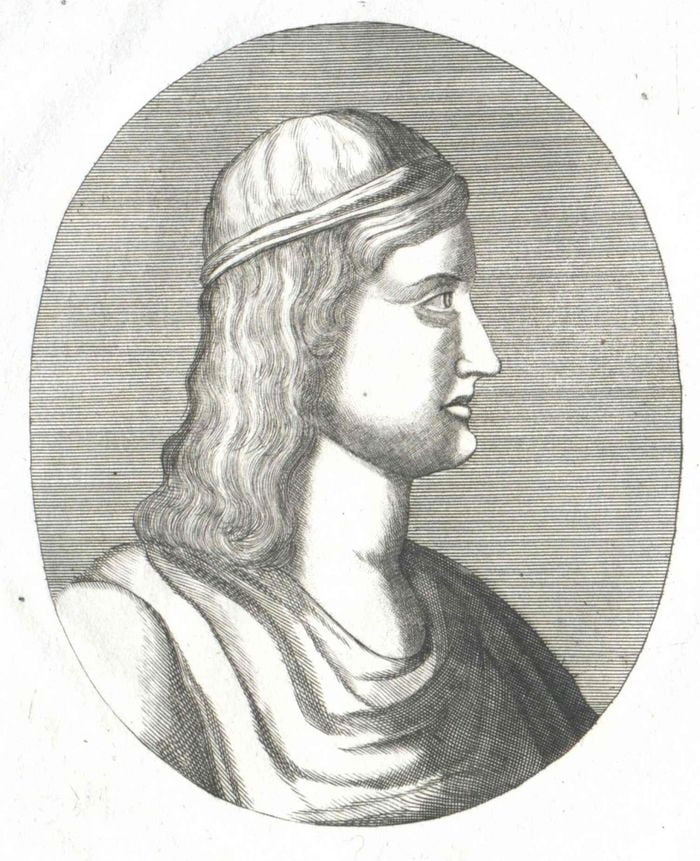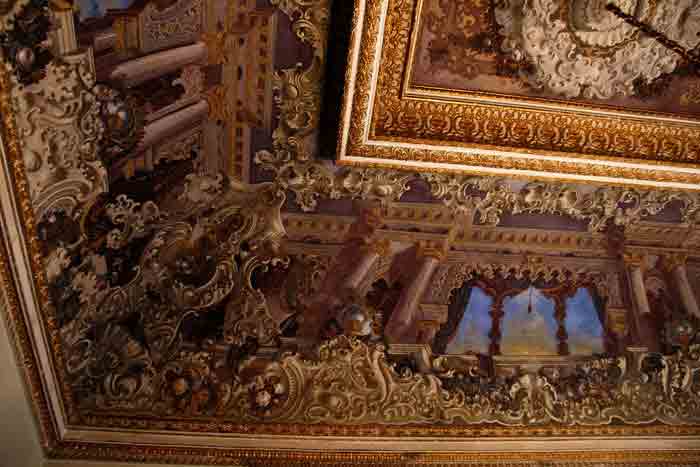Insights from Homer and Hesiod
Introduction
Homer, renowned for his epic tales of war and long journeys, provides subtle glimpses into the Greek understanding of the universe. Describing the heavens as a solid inverted bowl, he envisions aether, a radiant expanse beyond the cloud-laden air. Homer details the movements of the sun, moon, and stars, positioning Hades beneath the earth’s surface, where sunlight cannot reach. Hesiod, a poet closely tied to practical astronomy, delves deeper into these popular beliefs, linking seasons to solstices, stars, and the sun’s winter migration southward.
Homer’s Universe
Homer envisions the sky as an inverted bowl (Od. 15.329 sideron ouranon) above the earth. A radiant aether gleams beyond the cloud-bearing air Deciphering Cosmos, extending like a fir-tree through the air to reach aither (Il. 14.288). Homer tracks the movements of celestial bodies, noting the sun’s path, naming stars, and acknowledging the underworld’s darkness.
Hesiod’s Practical Astronomy
Hesiod, more practically oriented, aligns seasons with solstices and stellar movements. Observing the sun’s migration in winter, he highlights night as a dark mist welling up from beneath the earth (Hes. Th. 726). His works on gods, agriculture, and animal-herding integrate astronomical concepts, providing a more nuanced understanding of the heavens.
Alternate Mythological Schemes
The Orphic cult introduces a distinct cosmogony Istanbul Day Tours, featuring a primeval egg birthing the heavens’ vault. While various Greek cults, cities, and tribes might have different cosmogonic views, the shared physical conception of the sky is evident in plays and popular works, reflecting a common understanding among the majority of people (Eur. Melanippe 484).








